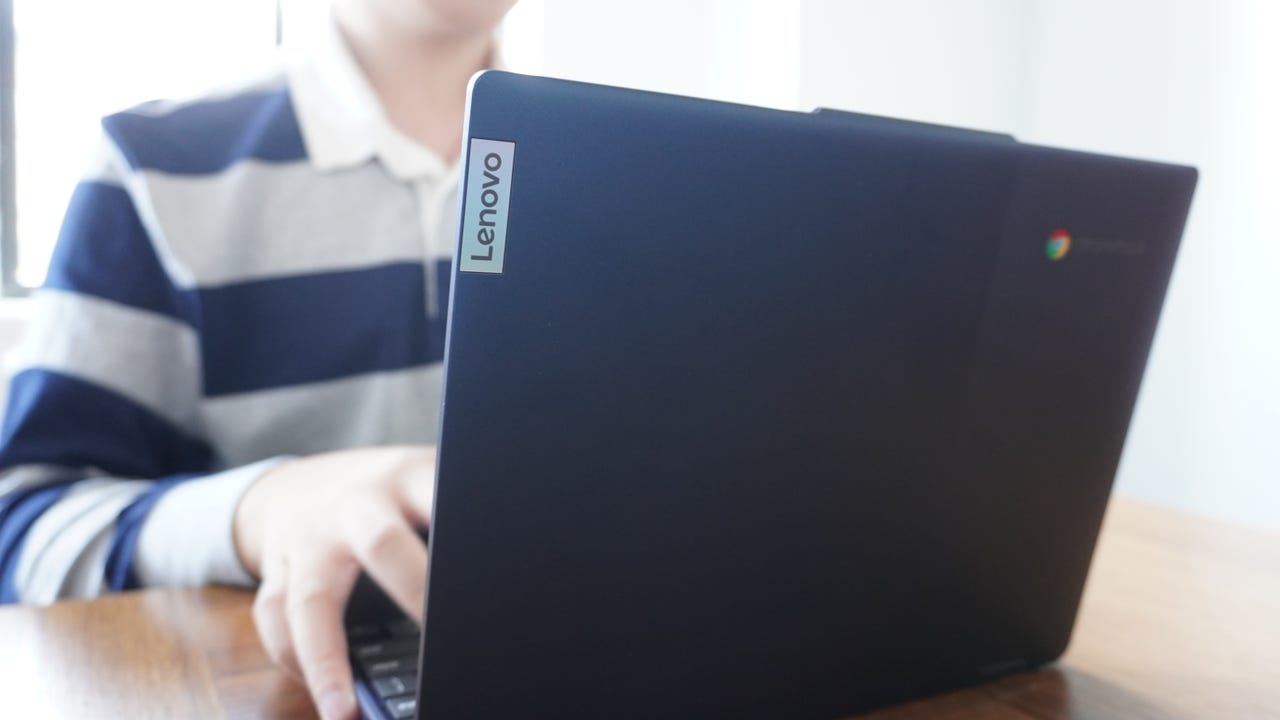'ZDNET Recommends': What exactly does it mean?
ZDNET's recommendations are based on many hours of testing, research, and comparison shopping. We gather data from the best available sources, including vendor and retailer listings as well as other relevant and independent reviews sites. And we pore over customer reviews to find out what matters to real people who already own and use the products and services we’re assessing.
When you click through from our site to a retailer and buy a product or service, we may earn affiliate commissions. This helps support our work, but does not affect what we cover or how, and it does not affect the price you pay. Neither ZDNET nor the author are compensated for these independent reviews. Indeed, we follow strict guidelines that ensure our editorial content is never influenced by advertisers.
ZDNET's editorial team writes on behalf of you, our reader. Our goal is to deliver the most accurate information and the most knowledgeable advice possible in order to help you make smarter buying decisions on tech gear and a wide array of products and services. Our editors thoroughly review and fact-check every article to ensure that our content meets the highest standards. If we have made an error or published misleading information, we will correct or clarify the article. If you see inaccuracies in our content, please report the mistake via this form.
How to use Chromebook Quick Files (and why you should)

Google is always thinking of ways to make the Chromebook even easier to work with. Chromebooks run Chrome OS -- and what was once nothing more than a web browser operating system has become something far greater. With the latest iterations of Chrome OS, you'd be hard pressed to call it anything but a full-fledged operating system.
Take, for instance, a feature that was added to Chrome OS back in 2022. The feature is called Quick Files, which took the place of the short-lived Tote. Quick Files resides in your system tray and allows you to pin files to that location, so you don't have to open the File Manager and search for the file you want to access. It's a much more efficient method of working with often-used files. It's also a great place to temporarily pin a file, so you can remember to deal with it sooner rather than later.
Also: 5 reasons why Chromebooks are the perfect laptop for most people
Quick Files makes working with Chrome OS even more efficient than it already is, so chances are pretty good you'll want to take advantage of this feature.
And, like nearly everything within Chrome OS, Quick Files are very easy to work with. Let me show you.
How to use Quick Files
What you'll need: The only things you'll need for this feature are a Chromebook with an updated version of Chrome OS, a valid Google account, and files to add. That's it. Time to get to work.
1. Add a file to Quick Files
Log in to your Chromebook and open the My Files app. Navigate to a file you want to add to Quick Files from local storage or even Google Drive. Once you've located the file you want to pin to Quick Files, two-finger tap it (or right-click it, if you're using a mouse), and select Pin to Quick Files.
Also: How to connect to a network share from your Chromebook
You can add as many files to Quick Files as you need. You can also add files from both local storage and Google Drive. Once you've finished, you can close the My Files app.
You can also compress the file from this menu by selecting Zip Selection.
2. Accessing Quick Files
Once you've pinned files, you should notice round thumbnails of some of the images appear on your Shelf. If you tap that section, a new popup will appear, listing both your pinned files and any recent screenshots you've taken.
Also: How to change the task overdue sound on Google Calendar so you never miss a deadline
To open any file that's listed, all you have to do is tap it and the associated application will open the file, so you can work with it.
You'll find both pinned files and screenshots in the Quick Files popup.
3. Removing files from Quick Files
If you two-finger tap (or right-click) one of the Quick Files entries, you'll notice an Unpin entry in the popup menu. Click that entry to remove the file from Quick Files. Do note that unpinning the file does not delete it from your Chromebook and only removes it from the Quick Files feature.
Also: These top Chromebooks choices for students do it all
Another way to remove a file is to two-finger tap (or right-click) the file in the My Files app and select Unpin from Quick Files.
You can either remove files from Quick Files here or via the My Files app.
And that's all there is to using the Quick Files feature in Chrome OS. This feature is one of those additions to Chrome OS that makes using your Chromebook even more efficient.
